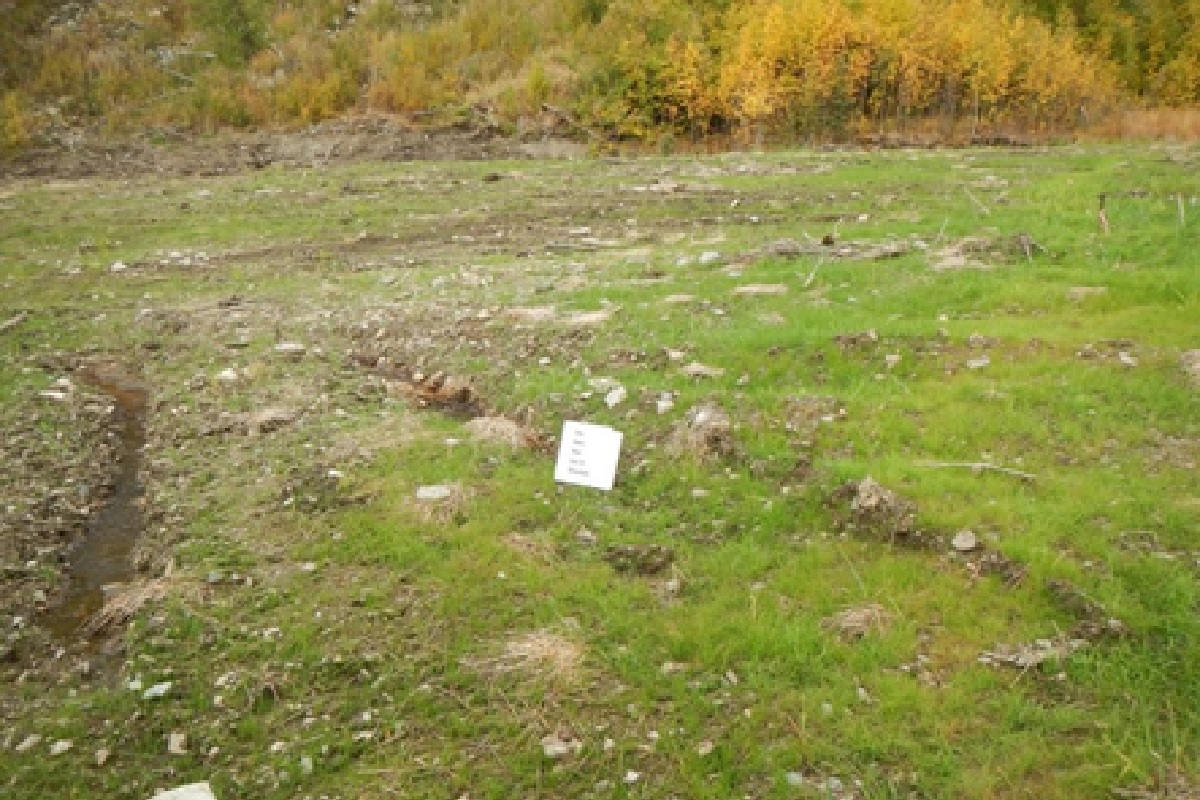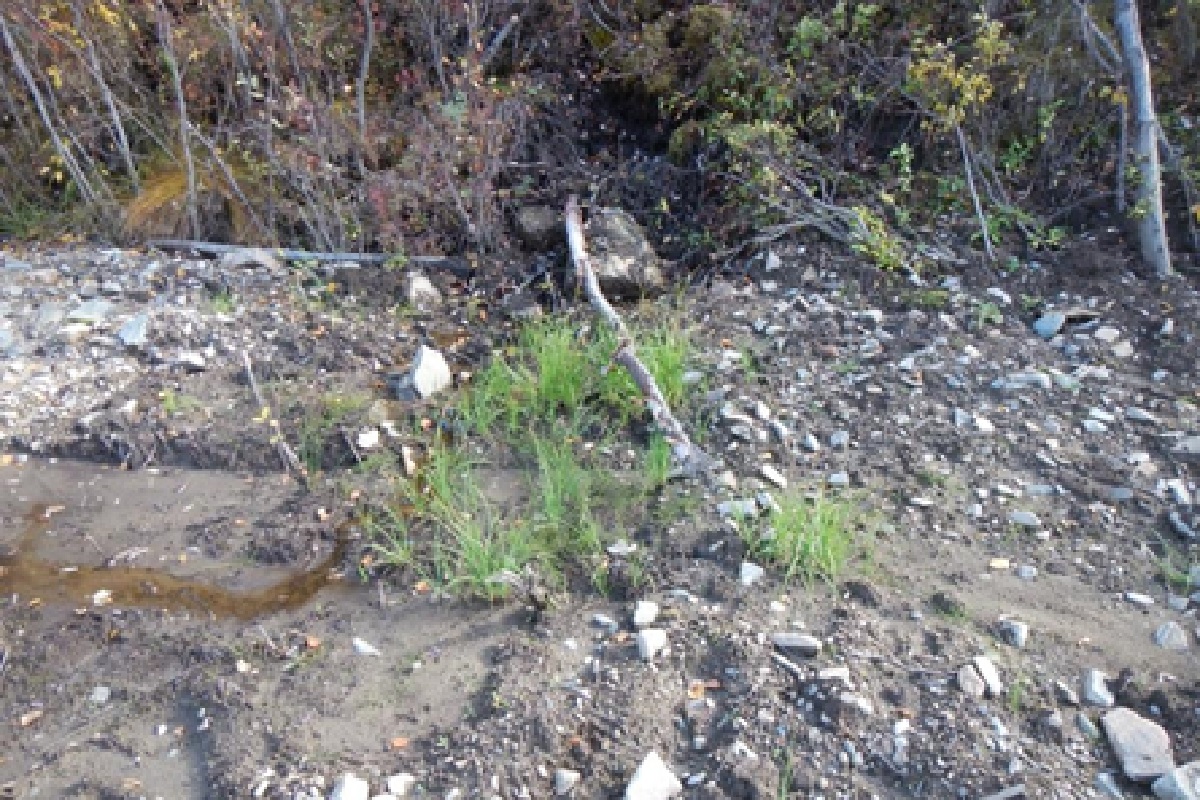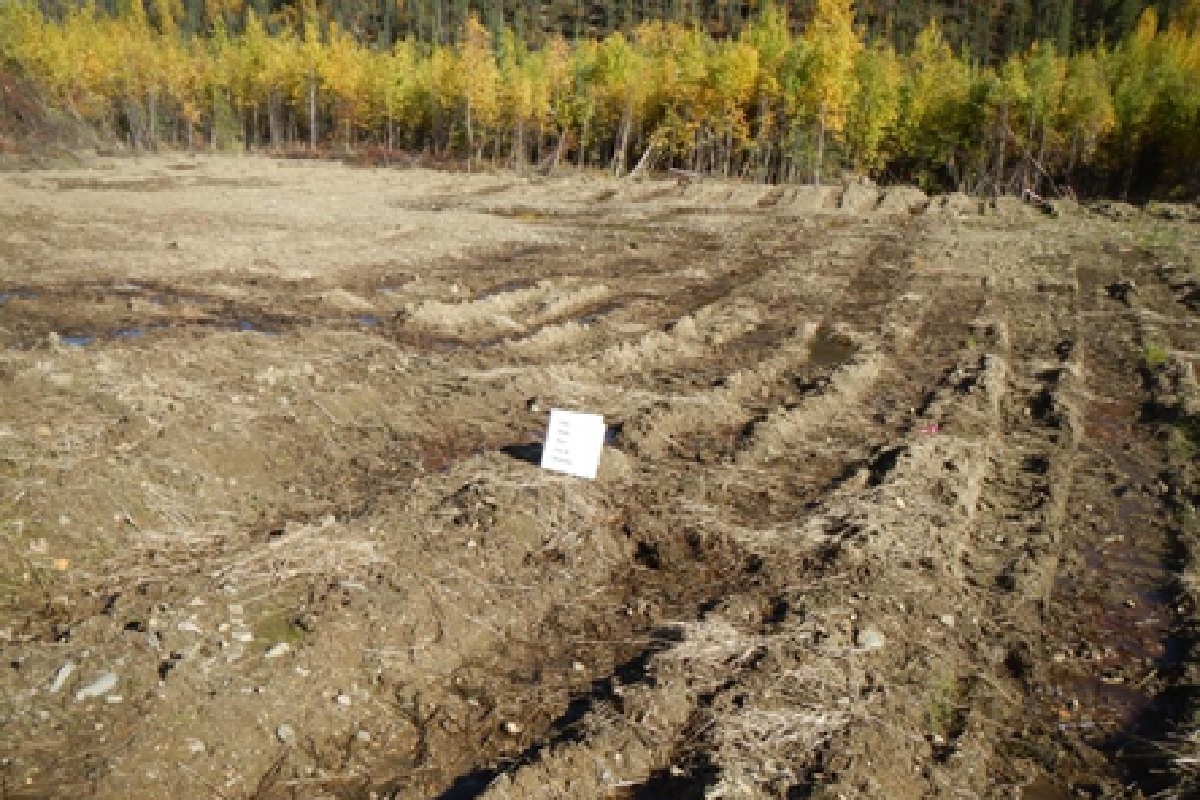Plant Conservation Program Success Story
The Plant Conservation Program in Alaska has been focused on the Seeds of Success (SOS) program to collect native seed for long-term storage and reclamation of disturbed sites. Alaska has a strong mining industry who needs to reclaim mined lands as well as administrative needs for seeding of recreation sites and realty leases. Most of these sites have been taken back to an earlier seral stage from where they were before disturbance.

The focus of the SOS program has been to target specific species that could be used for site reclamation at various areas across the BLM lands in Alaska. Each year the SOS program has used interns from the Chicago Botanical Garden’s Conservation Land Management (CLM) Intern program who are funded by the Washington Office. The CLM interns collect seed when our desired species are projected to be at their peak production. At the same time the program collects other species opportunistically when those species are also producing high volumes of seed. The seeds are cleaned at the Alaska Plant Materials Center (PMC) in Palmer, Alaska and the collections for long-term storage are then removed from each seed lot. The remaining seeds are stored at the PMC for later use by BLM.
The species targeted for reclamation work are held for seed increase while the other collections are divided into those which might be grown as forbs for inclusion in seed mixes to promote pollinators and those which are available for other uses. Seed increase of target species begins with planting plugs in the late winter so they can be out-planted to a field or box garden in the early spring. The objective of this seed increase is to provide enough foundation seed to a commercial grower (or the PMC) to then produce usable quantities for reclamation projects.
Forbs that show promise can be grown in box gardens at the PMC or at another contracted facility. The object of these seed increases is to evaluate which species can best be grown in a production quantity to augment the main components of the seed mix. These species will likely be grown at the PMC since the quantities will be substantially smaller than the more commercial species.

Forbs and other species which are not needed for reclamation are often packaged as components of native seed mixes that are made available to the general public from time to time.
Native seed mixtures for reclamation are primarily composed of grasses. The mixture of species depends somewhat on the site moisture conditions and the location in the state. When appropriate, sedges or salt grasses may be part of the base mix. Forbes are added in small quantities when available to promote pollinators and provide structural and species diversity.
The Plant Material Center also uses some of these SOS collections to grow out plugs for direct out-planting at reclamation sites when desired. Sedge and rush species are the most common category but there may be other types grown in future years.
In 2015 Alaska BLM seeded our first reclamation demonstration site with the native seed mix we are proposing for mine reclamation in interior Alaska. This site also received approximately 700 sedge and rush plugs which included a variety of species. Monitoring of this site at the end of 2015 and mid-2016 indicates the mix and plugs are appropriate and will rapidly stabilize a site even when applied at a moderate seeding rate of 27 pounds per acre. This should allow for additional natural seeding of species to increase the diversity of species and structure that is desired to promote wildlife habitat.

In 2106 BLM acquired sufficient native seed for 100 acres of reclamation and will make this available at cost through the PMC for miners and BLM staff to purchase on a revolving account basis. As this seed is replaced we will begin to negotiate with growers to incorporate our own SOS seed collection into the mix to replace the more generic native seed varieties that are currently grown.
This demonstration site was the subject of training for local miners, and review by state and federal mining reclamation personnel including Washington office personnel and congressional staff in both 2015 and 2016.
